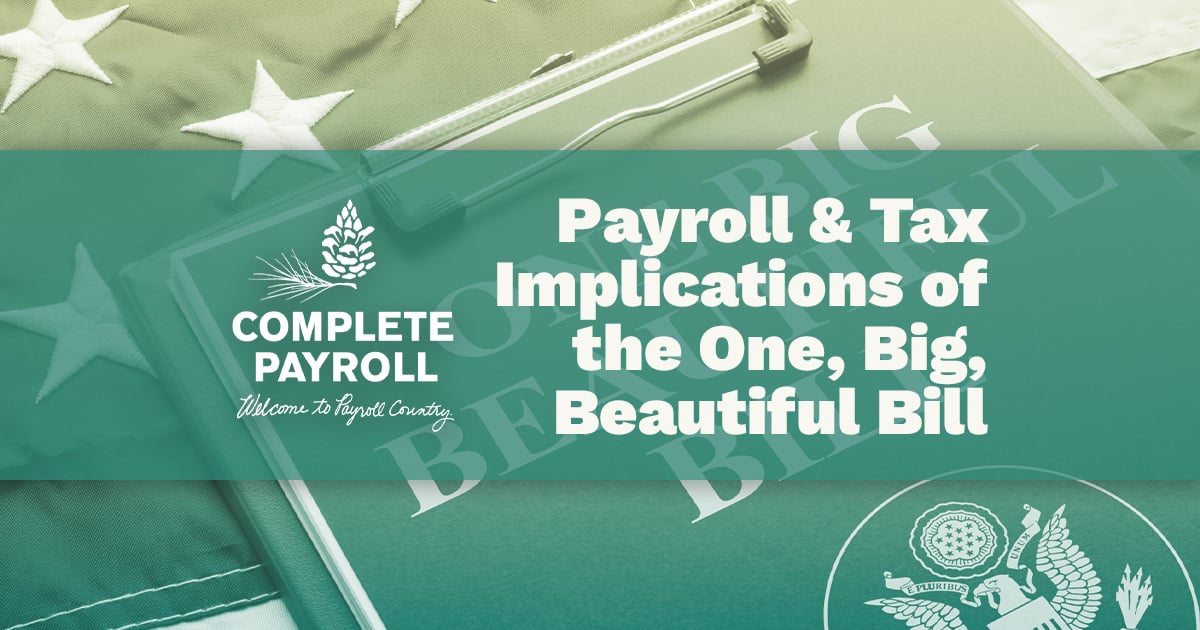Calculating Bonuses into a Regular Rate of Pay for Overtime Purposes

Written by Complete Payroll

According to the Fair Labor Standards Act (FLSA), all nonexempt employees must be paid at least minimum wage. In addition, any nonexempt employee working over 40 hours a week must be paid overtime at time and a half of the employee’s regular rate.
A “regular rate” is more than just the employee’s salary, however. This rate can also include any compensation given to the employee as part of their employment, including bonuses.
If you’re a payroll employee, it can be tricky at first to calculate overtime pay on a weekly basis. It can be even more difficult if the nonexempt employee gets additional compensation during that pay period.
But we have you covered. Follow these step-by-step instructions to accurately calculate an employee’s regular rate of pay for overtime when they receive additional compensation such as a bonus.
Step 1: Decide if the Employee Has Received a Bonus that Must Be Included
There are a lot of reasons employees may be given a bonus, so it’s important to check for bonuses at all times of the year. These bonuses could be given as a way to motivate employees in their performance and level of productivity and should be included in the employee’s regular rate of pay.
There are types of bonuses that should not be included in this calculation including:
- A holiday or gift bonus not linked to hours worked or an employee’s production
- A discretionary bonus as long as the employer doesn’t announce it as a motivation for performance in advance of dispensing it
- A percentage of total earnings bonus as it uses overtime for part of the calculation of total earnings
Step 2: Determine the Time Frame
Was the bonus received for work that was done during the regular workweek? Or was it spread out over a quarter? Since overtime is calculated per workweek, determining the time frame is important as the regular rate of pay will vary during the weeks that bonuses are paid.
Step 3: Complete Your Calculations for Regular Rate of Pay for the Appropriate Time Frame
An employee’s rate of pay for a week in which they receive a bonus will be higher due to that bonus. For payroll purposes, a bonus is part of the regular rate of pay and not a separate amount.
You would calculate your new rate of pay with the following formula:
(Hours worked X hourly rate) + Bonus Pay ÷ Total hours worked
Here’s an example: An employee working 44 hours in a week at $15 an hour with a production bonus of $44 will have an adjusted rate of pay of $16 an hour. The formula would be:
(44 X $15) + $44 ÷ 44 = $16
Step 4: Determine the Employee’s Total Compensation
As FLSA states, any hours worked over the regular 40 hour workweek for nonexempt employees must be compensated with time and a half. When using a new rate of pay as calculated in Step 3, you have two ways of calculating your overtime rate:
1. Pay the first 40 hours worked at the new regular rate of pay and add any overtime hours at one-and-a-half times that new regular rate of pay.
For example, calculating compensation for the employee in Step 3 would look like:
(40 hours x $16) + (4 hours x $24) = $736
2. You can also pay the employee for all the hours worked (including overtime) at the new rate of pay and then add to that sum half the new rate of pay times the total overtime hours.
For example, the employee above would be calculated by the following:
(44 hours X $16) + (4 hours X $8) = $736
No matter which way you calculate the overtime, you will be sure to calculate the new rate of pay to include bonuses received by the employee.
Looking for more help with your weekly payroll? Complete Payroll offers comprehensive payroll services that will help you not only pay your employees accurately every time, but will help you stay compliant with all laws and regulations that govern payroll. Contact us today to discuss how payroll professionals can take care of all your company’s needs.















 Get Instant Blog Notifications
Get Instant Blog Notifications


